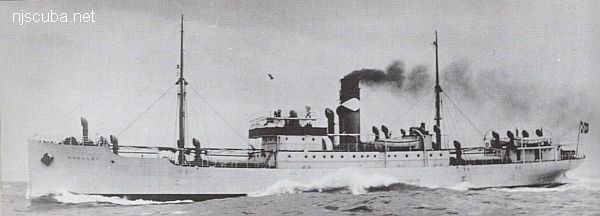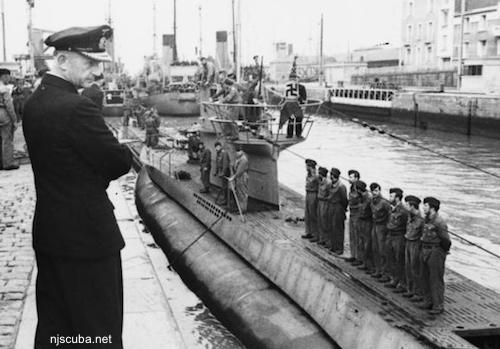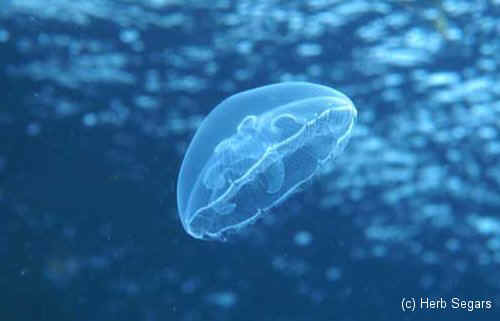Hvoslef

- Type:
- shipwreck, freighter, Norway
- Built:
- 1927, England
- Specs:
- ( 255 x 35 ft ) 1630 gross tons, 20 crew
- Sunk:
- Tuesday March 10, 1942
torpedoed by U-94 - 6 casualties - Depth:
- 140 ft
Today the Hvoslef sits in 140 ft of water on a sandy bottom. She is in one large piece but not intact. Her bow is the most recognizable feature. It sits upright with a starboard list. Her midsection is torn open and her large boilers are visible. She can be easily penetrated. There is some debris about, most noticeably large pipes. She has a fishing net draped over some sections, and her stern collapses into the sand. Artifacts are found occasionally.

At 03:16 hours on 11 March 1942, the unescorted and unarmed Hvoslef (Master Arthur Dahl) was hit by two torpedoes from U-94 and sank within two minutes two miles east of Fenwick Island off Delaware Bay. The master, three Norwegian and two Swedish crew members were lost. The survivors kept themselves afloat in a damaged lifeboat until they landed on Rehobeth Beach near Cape Henlopen about a half-mile north of Fenwick Island Light after 14 hours. Three injured men were hospitalized in the Bebee Hospital in Lewis, while the other survivors were sent to New York the following day.
The body of the master was later found on a cork raft, which was located by an aircraft two days later.
Sagua la Grande, Cuba to Boston, Cargo Sugar
Chartered by the United Fruit Company since 5 Mar 1940


Questions or Inquiries?
Just want to say Hello? Sign the .